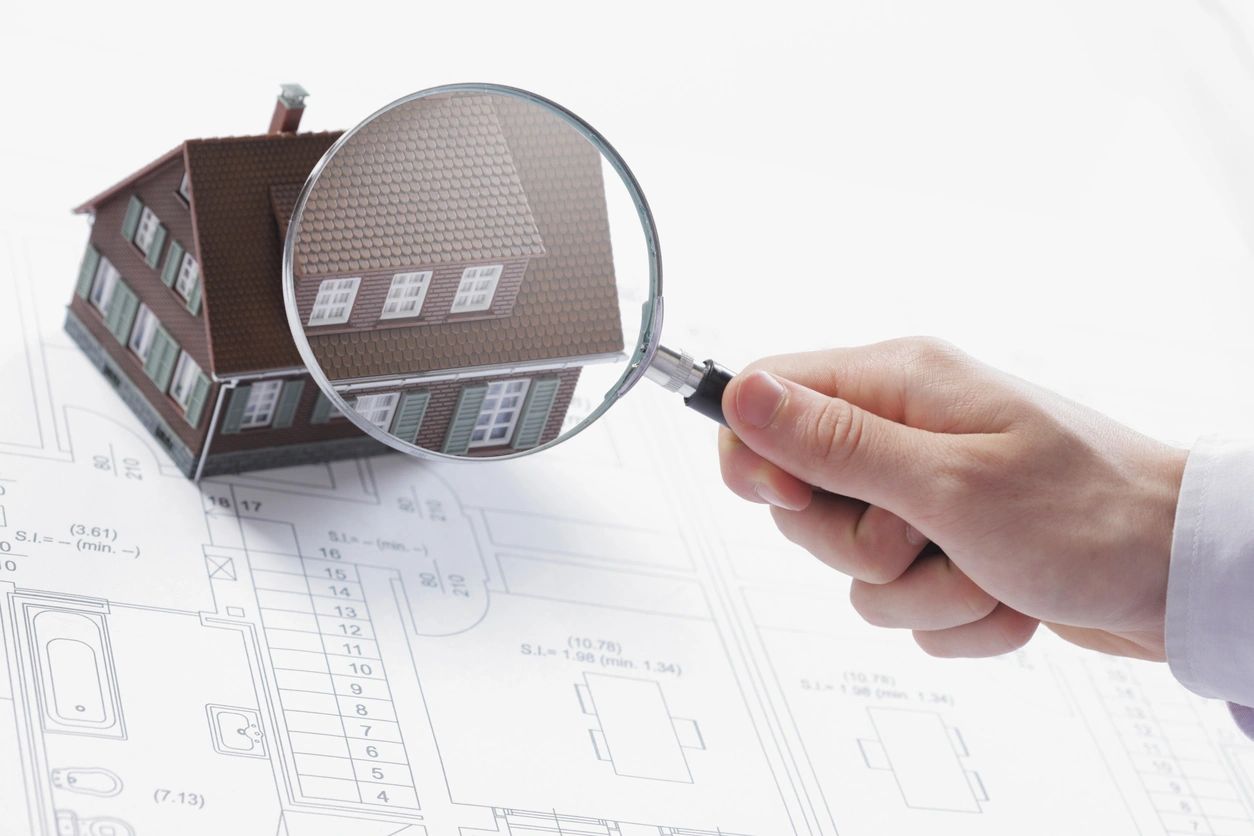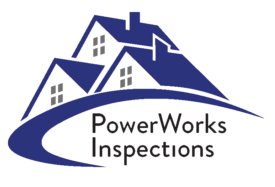- BY Richard
- POSTED IN Uncategorized
- WITH 0 COMMENTS
- PERMALINK
- STANDARD POST TYPE

Diagram of ledger flashing installed. Extending from behind siding over top of the ledger board.
What is Deck Ledger Flashing?
Most realtors and home buyers are not sure what deck ledger flashing is or its purpose and why it keeps coming up in home inspection reports. What I am writing, is not meant to be an expert treatise on deck ledger flashing and all of it possible installation methods and damaging results. My purpose is to give a general understanding of what deck ledger flashing is and some of the results of its absence. Please forgive my lack of skill with word press in laying out the pictures and text.
During a home inspection of a deck, one of the critical items we look for is ledger flashing. Unfortunately, deck ledger flashing was not used on most of the decks I have seen until after 2005 or so. Some homeowners and builders have found creative ways to retrofit and improvise to protect the home structure in the absence of deck ledger flashing.
I will be using pictures to show where ledger flashing should be placed, what it looks like during and after installation, how to see whether it is present or not, and some of the damaging results that can occur if it is absent.
Where is deck ledger flashing installed?
In the picture below, the arrows point to the spot where the ledger flashing would go. The main point to take away is the junction of the ledger board and house plywood sheathing. When ledger flashing is absent, rainwater can get behind the ledger board and damage the sheathing. In some cases over time, water will destroy the sheathing and finally have access to the rim joist and framing of the home, causing damage.
2nd Floor Rim Joist. The ledger board for the deck would be attached at the rim joist after exterior wall sheathing was installed.
Deck framing prior to installation of ledger flashing.

